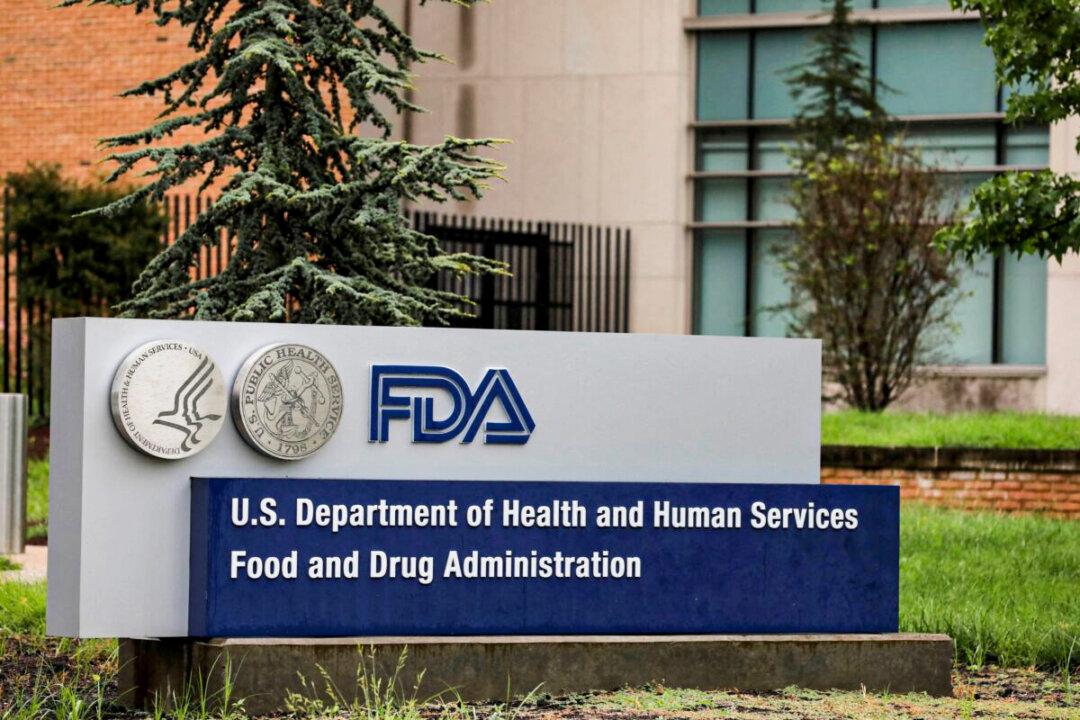President Donald Trump on Monday unveiled new plans to speed up and expand testing for the CCP (Chinese Communist Party) virus nationwide, as states move toward reopening their economies.
During a press briefing with the White House Coronavirus Task Force, the president said the White House had published two new documents—a CDC “testing overview” (pdf) and “testing blueprint” (pdf)—which layout plans to accelerate testing for the CCP (Chinese Communist Party) virus, commonly known as the novel coronavirus, which has been attributed to nearly 1 million infections across the U.S.





